Apricot - planting and care 120 photos of a tree. Trimming and vaccination instructions
Sweet and aromatic, juicy and velvety, sun-drenched, orange delicacy - all these are associations to such a wonderful fruit - apricot. Incredibly healthy and delicious, this oriental guest can delight not only with its fruits, but also with its appearance. Apricot cultivation is not just grateful, but very thankful, however, there are some nuances.
Each of us probably has some experience with this plant, but for the sake of completeness, we need to consider in more detail where and in what conditions the apricot grows, how to grow it and what care it requires.
How it looks and where it grows
We all at least once in our lives saw an apricot tree. This plant is of medium height (up to 8 meters) with a dark, gray-brown bark and a spreading crown. Apricot leaves are green, rounded with denticles, smooth. The tree looks much more interesting during the flowering period (March, April): bare branches without leaves are strewn with small white or with a touch of pink flowers.
The fruits have a rounded shape, velvety skin. Depending on the variety, the color can vary from yellow to orange-red. That is why the emphasis on the apricot photo is placed on the fruits and flowering trees.
With good care and satisfactory conditions, apricot lives up to 100 years. Young trees begin to bear fruit from the age of 4 and gradually cease to yield crops around the age of 40.
China is considered to be the birthplace of apricot. Currently, this garden culture has become widespread throughout the world.
The tree prefers a warm temperate climate, therefore it is cultivated in Abkhazia, Kyrgyzstan, the Caucasus, in the southern regions of the European part of Russia, Turkey, Iran, Italy, Ukraine, Greece and other countries with suitable conditions.
Despite the “capriciousness” of apricot in relation to weather conditions, the culture is also successfully grown in central Russia. With sufficient care, the right choice of planting location, timely pruning and top dressing, you can get a very good harvest of this sunny fruit.
How to plant apricot
Experienced gardeners recommend planting apricot in early spring, when the movement of the juice has not yet begun. If the seedling already has leaves, then it is likely that it will be sick for a long time, or not take root at all.
Planting apricots in the fall may also not bring results. However, there are successful cases, especially if you try to plant a seedling in September, cutting branches by one third, and the leaves in half. These simple procedures will reduce the evaporation of moisture from the tree, thereby preserving it.
An even landing place will not work, you need to find or make a site yourself with a slight slope. In the case of clay soil, sand and small stones must be poured onto the bottom of the pit. Acidic areas require lime.
An ideal sandy loam soil with a neutral or slightly alkaline reaction will be ideal. It is worth remembering that the apricot tree does not tolerate waterlogging.
Carefully prepare the landing pits. Each of them is a square with sides of 80 cm, with a similar depth. At the bottom, a drainage of stones or broken brick is arranged.
In order for apricot seedlings to take root well, you need a lot of fertilizer: humus (about 40 kg), superphosphate (600 g), potassium sulfate (300 g) or a couple of kilograms of ash. The placement of the seedling in the pit must be calculated so that the root neck after powdering is not deeper than 5 cm from the surface.
Care and breeding
Caring for apricot involves regular watering, loosening the soil around the tree, weeding and feeding. Young plants need about five waterings of 25-30 liters per tree per season.
To avoid the rapid evaporation of moisture after watering during hot weather, stock up on a sufficient amount of mulch, which is sprinkled around the apricot.
In the fall, with shallow digging, it is necessary to make potash and phosphorus fertilizers. In the spring, even before the apricot blossoms, nitrogen fertilizers and superphosphate are introduced. Do not forget the whitewashing of trees to avoid burns.
The flowering of a sunny fruit is early, therefore, the gardener must raise the question of how to cover the apricot. A two-layer shelter from agril can perfectly cope with spring frosts.
At the same time, the shelter should be formed so that the bees can freely fly under it and carry out pollination. To attract their attention, gardeners recommend spraying a tree with water and honey.
Cold and rainy summer carries the risks of apricot disease with hole blotch and fruit rot. As soon as signs of the disease are noticed, all trees and their foliage should be urgently treated with any of the following drugs: topsin-M, topaz, copper chloride. Intavir will help in the fight against moth and aphids.
The following works can be preventative measures: installation of a ventilated fence around the perimeter of the garden, collecting dried leaves and fruits, removing diseased branches, mulching and proper pruning of the tree, which should be discussed in more detail.
Tree pruning
As with all fruit trees, there is a standard apricot pruning. The crown of all trees should be no more than 4 m in height and width. Branches, the angle of inclination of which with respect to the trunk is less than 50 degrees, are cut out at the base, just above the influx of a ring-shaped form (the method is called “onto the ring”).
In the same way, all intertwined, looking inward, close to each other branches are cut out. You can talk about a good result when the sun illuminates literally every leaf of an apricot tree. Circumcision is performed in spring, summer and autumn.
Is it possible to grow apricot in an apartment
The conditions of the apartment will not allow to grow an apricot tree with a plentiful harvest. As a rule, a barren game grows out of a seed planted in a pot. In addition, homemade apricot is extremely rarely gaining color. True, for decorative purposes, this option will be very good.
The little bird is planted and planted in a permanent place, then the crop is good. It is better to plant several seeds at once, since not all of them can germinate, and seedlings will differ in strength and growth.
What to cook from fruits and their beneficial properties
Apricots are one of the favorite treats of children. The fruit helps maintain immunity, is rich in vitamins and beneficial elements, including potassium, magnesium and iron.
Dried apricot fruits, namely apricots and dried apricots, can be stored for a long time without losing their beneficial properties. Being a tasty and high-calorie food, apricot dried fruits will please you in the cold winter and save you from vitamin deficiency. Pies, compote, jam - all this can be made from apricot, delighting yourself and guests.
Apricot photo
Anemones - 140 flower photos. Planting, care, breeding of all varieties in the open ground
Fronton of the house - how to perform the lining? 110 photos of decent options
Children's slide: 75 photos of placement on the playground and building instructions
How to make a well: 100 photos of creating a classic well
Join the discussion:

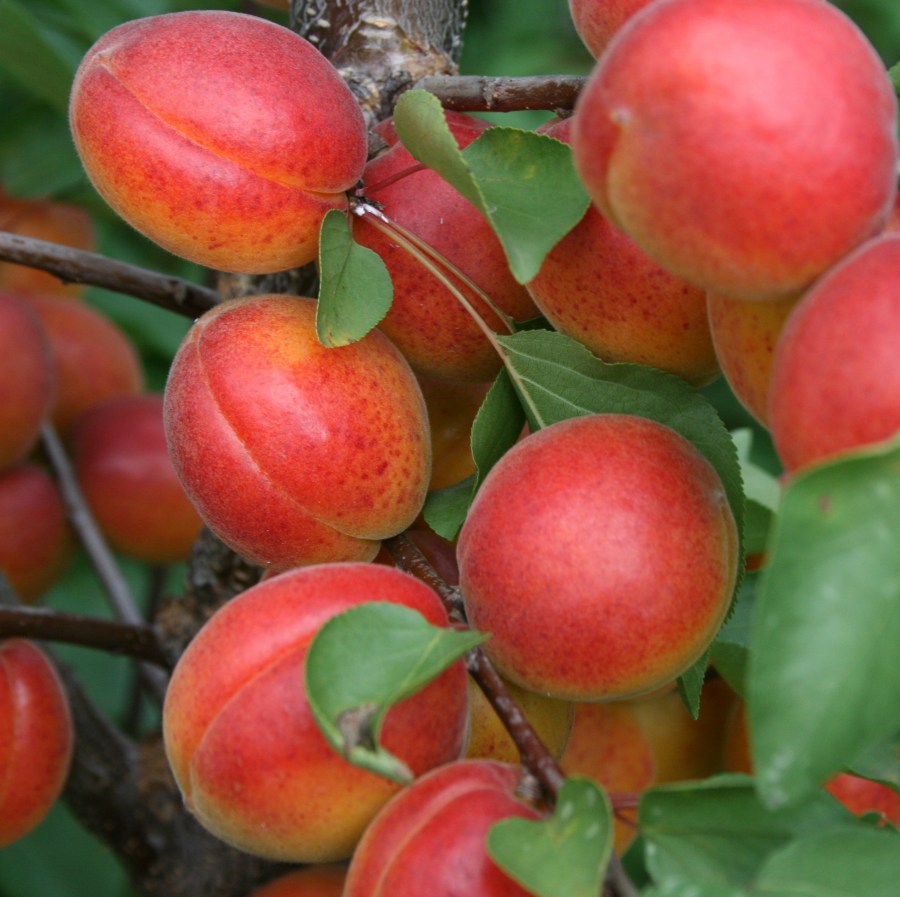

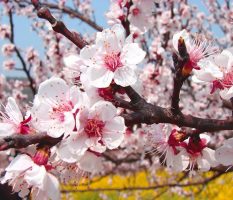
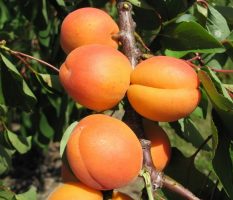
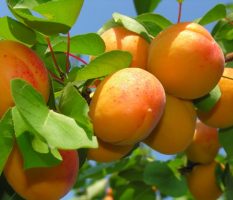

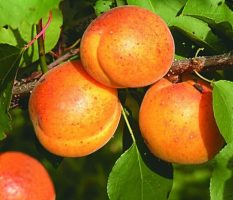
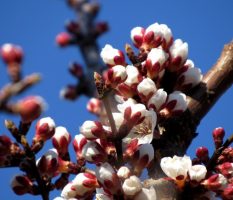




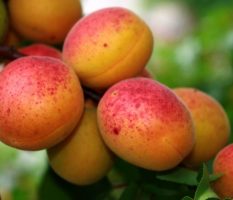
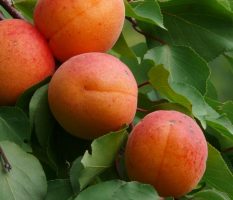
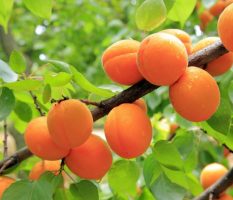
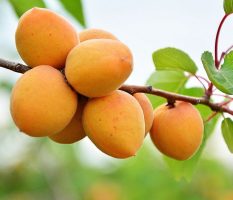
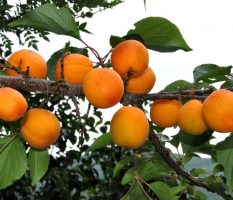

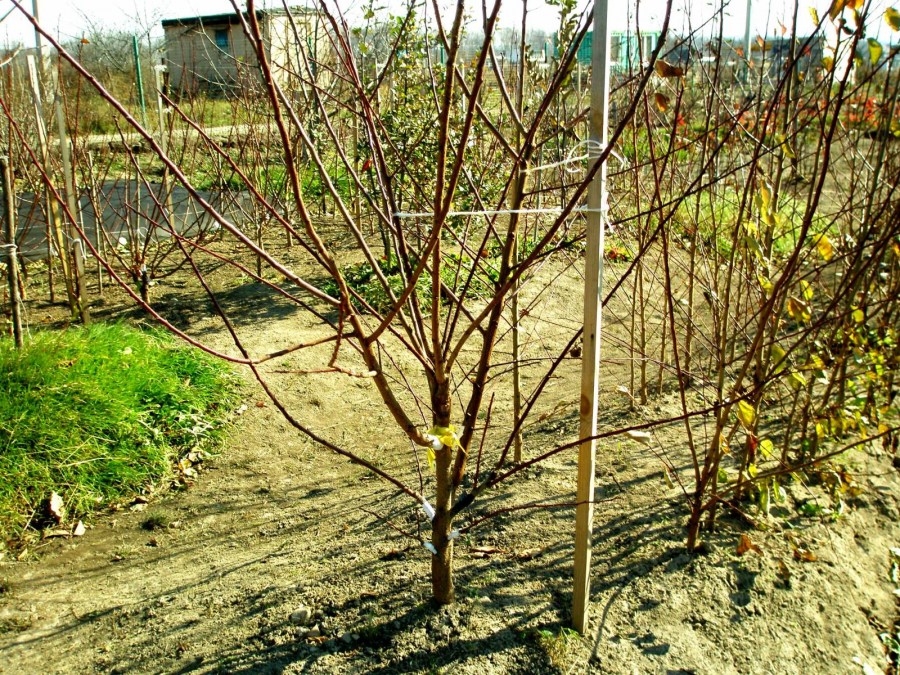
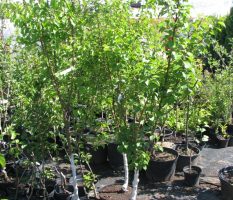
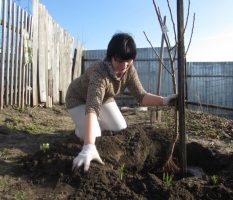
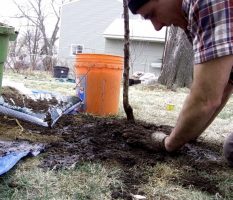
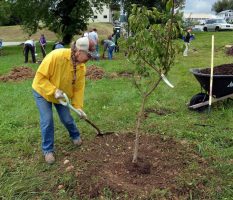
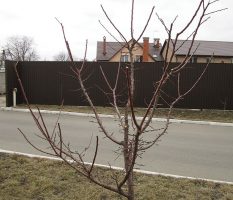
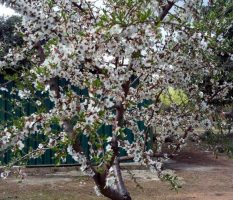

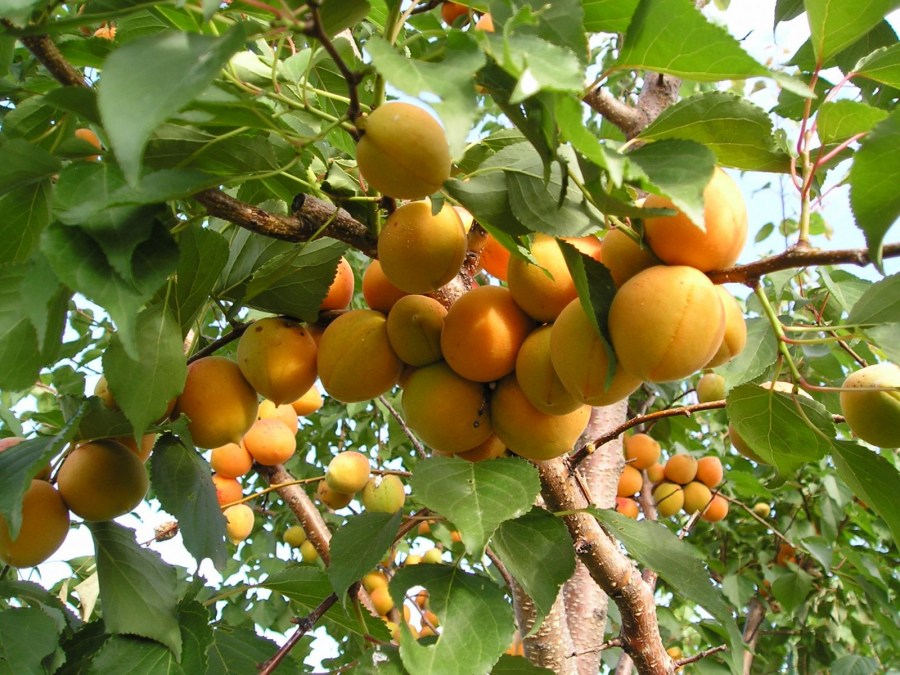


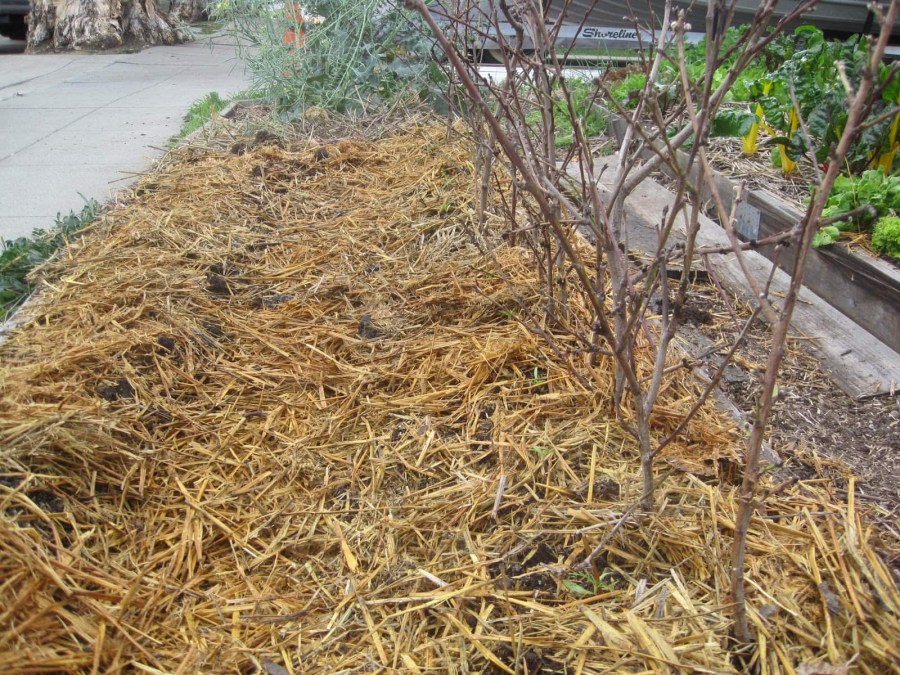
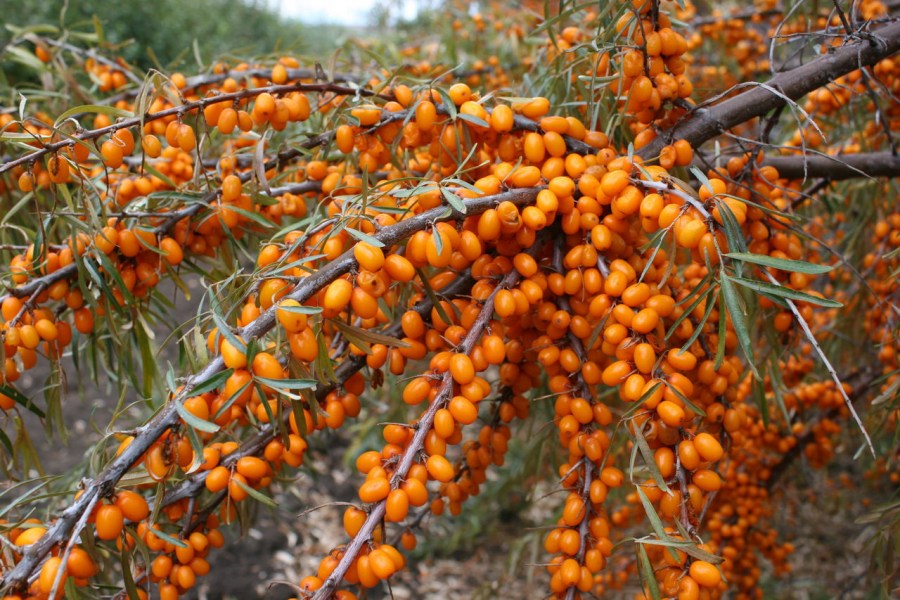

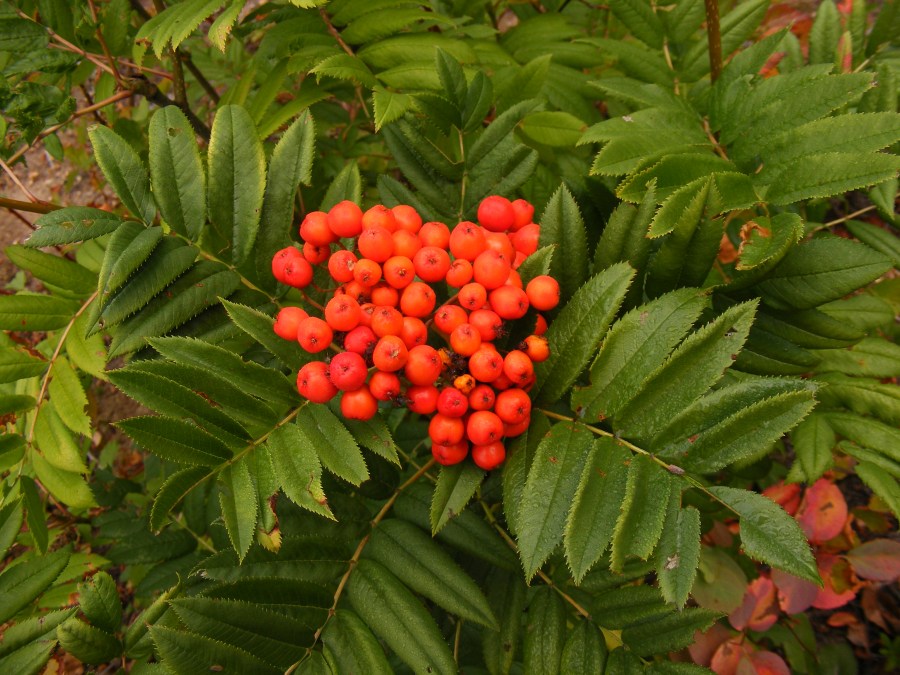
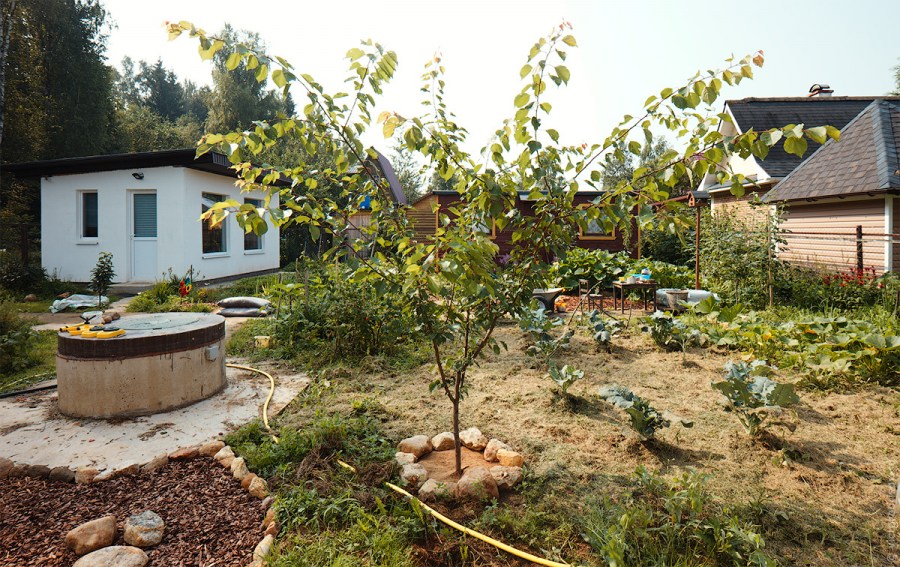



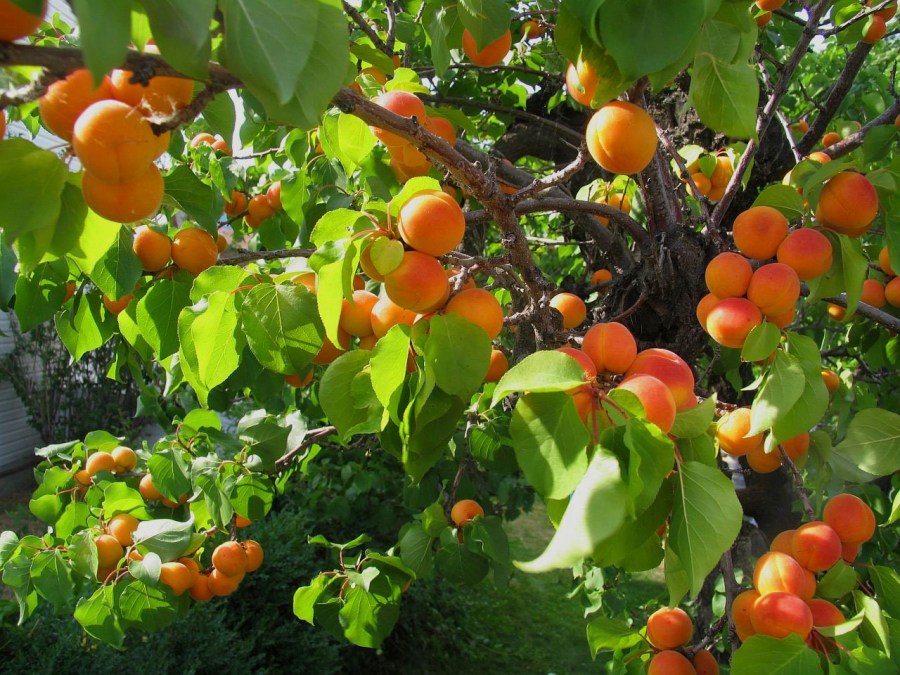
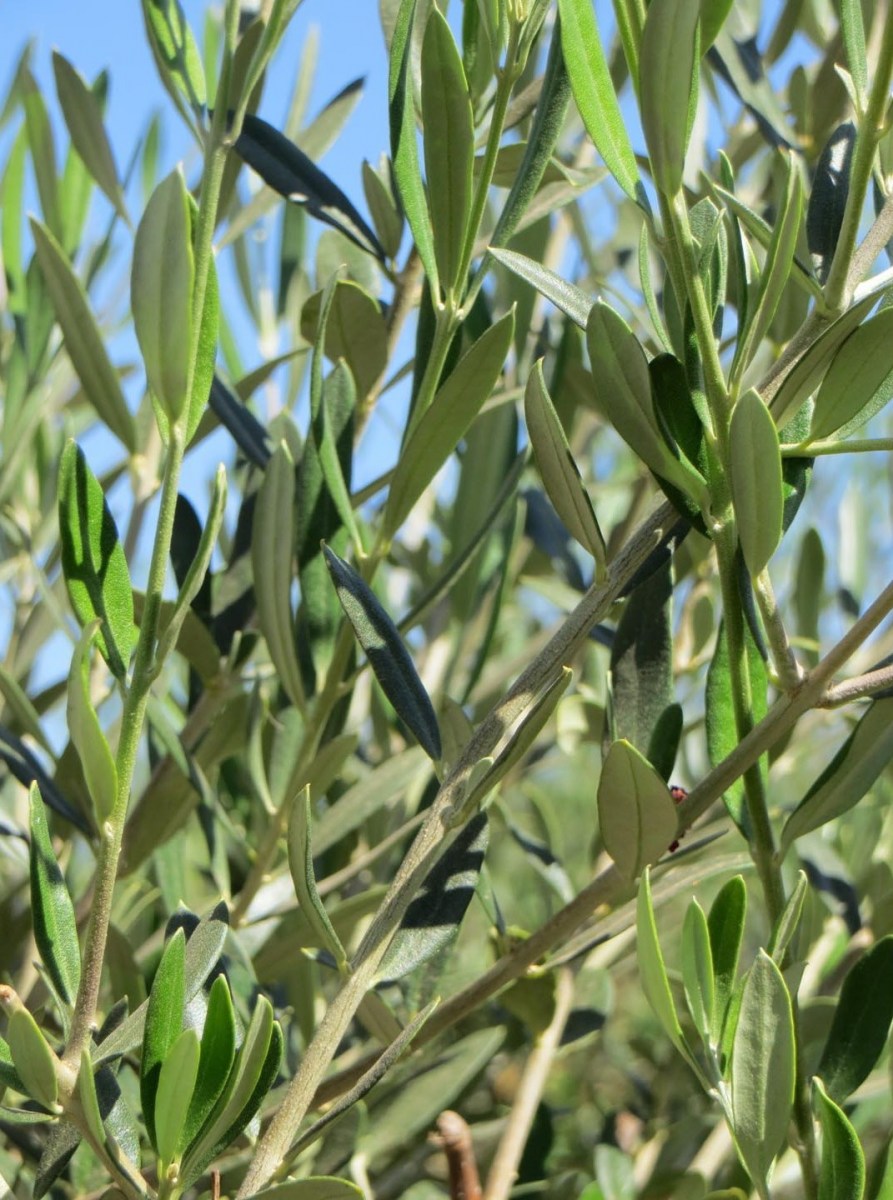
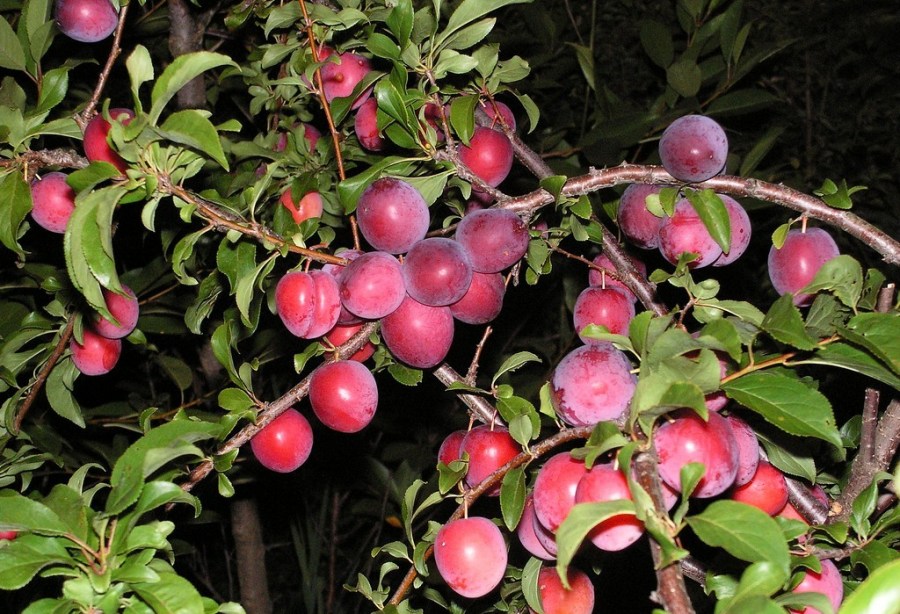


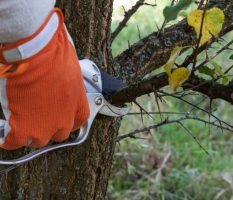
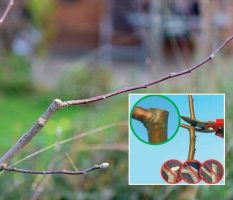

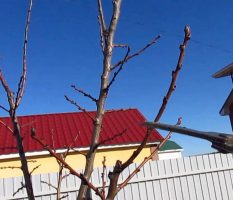
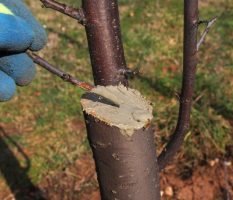
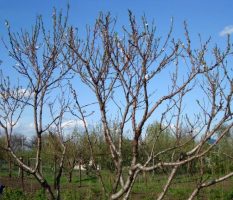





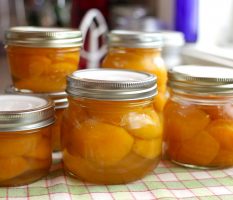




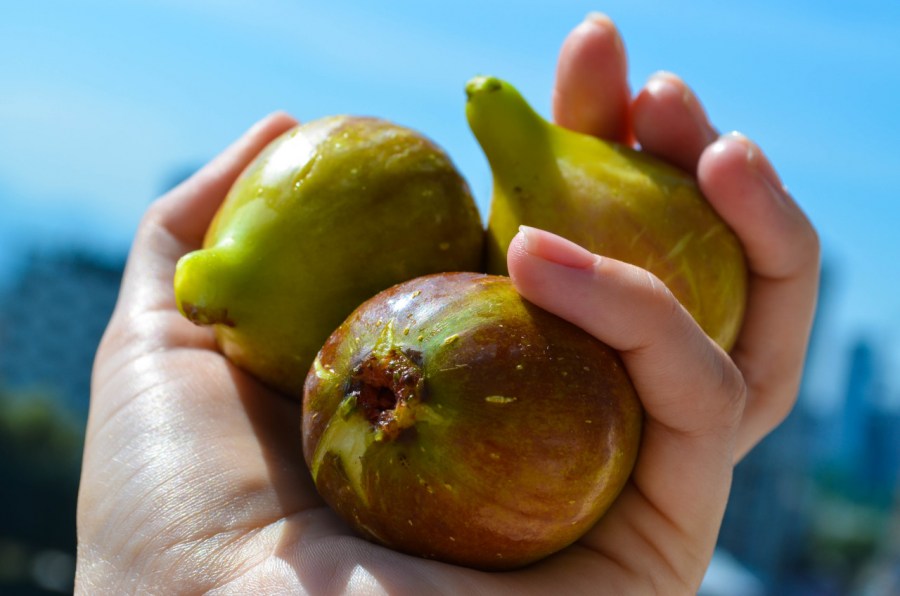
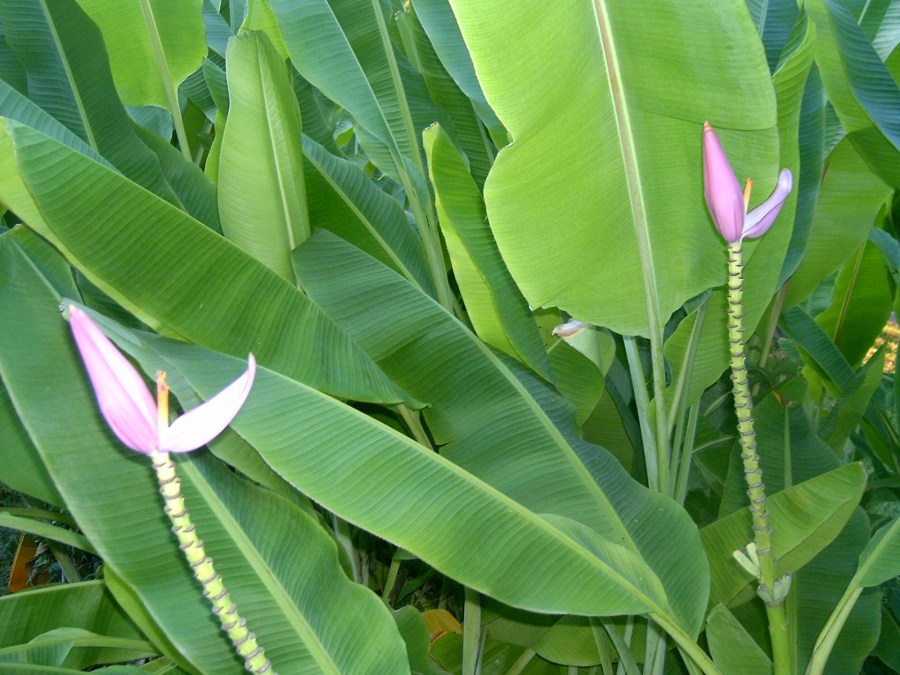
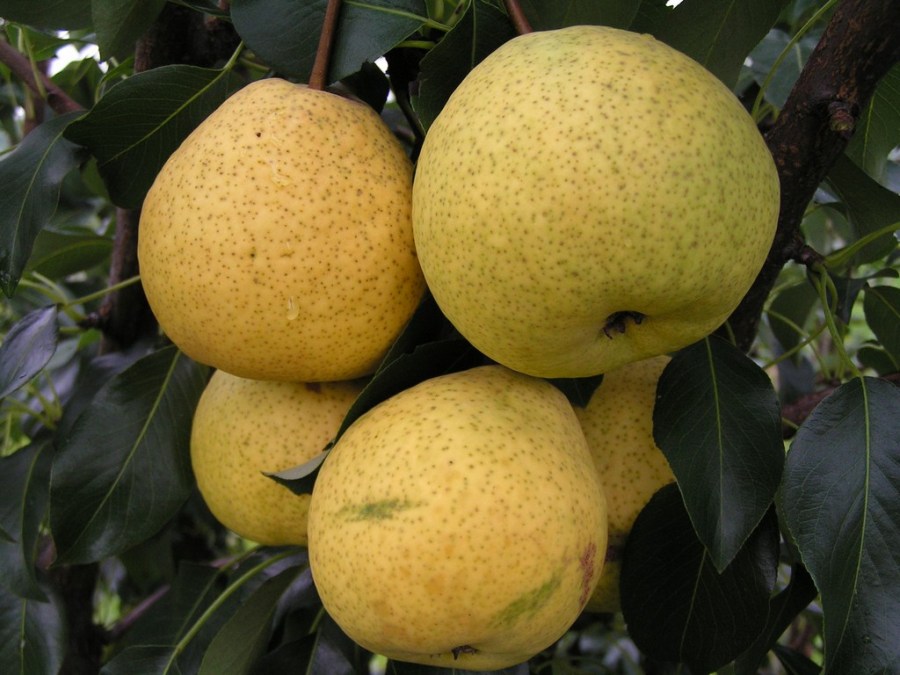
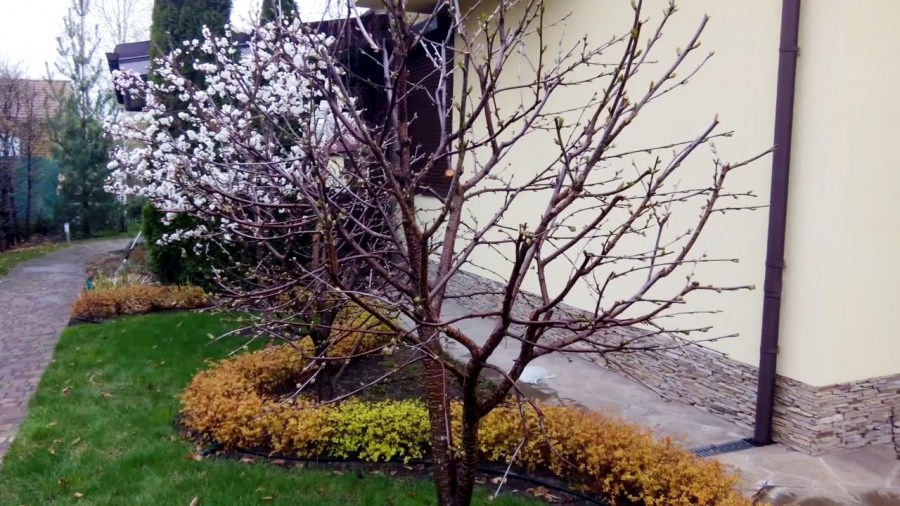
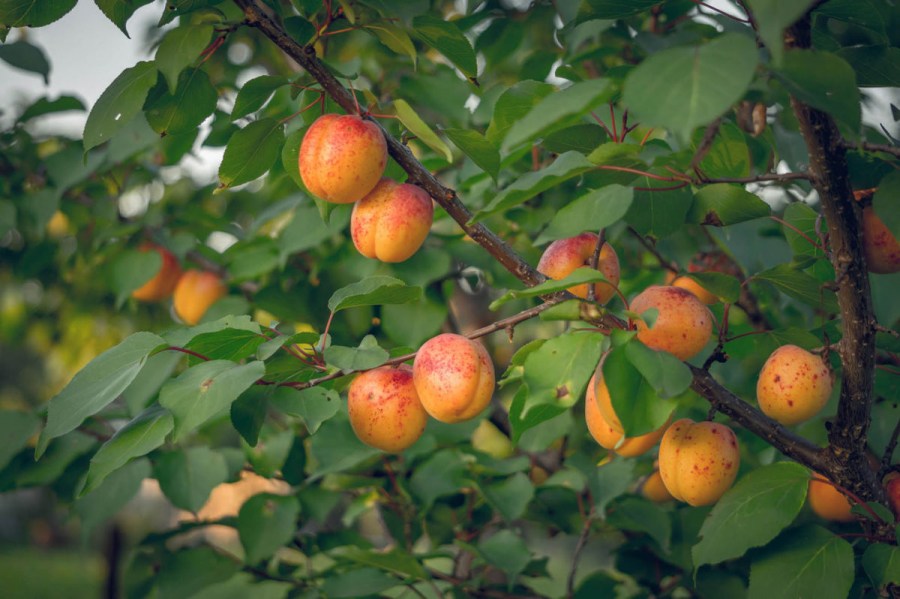
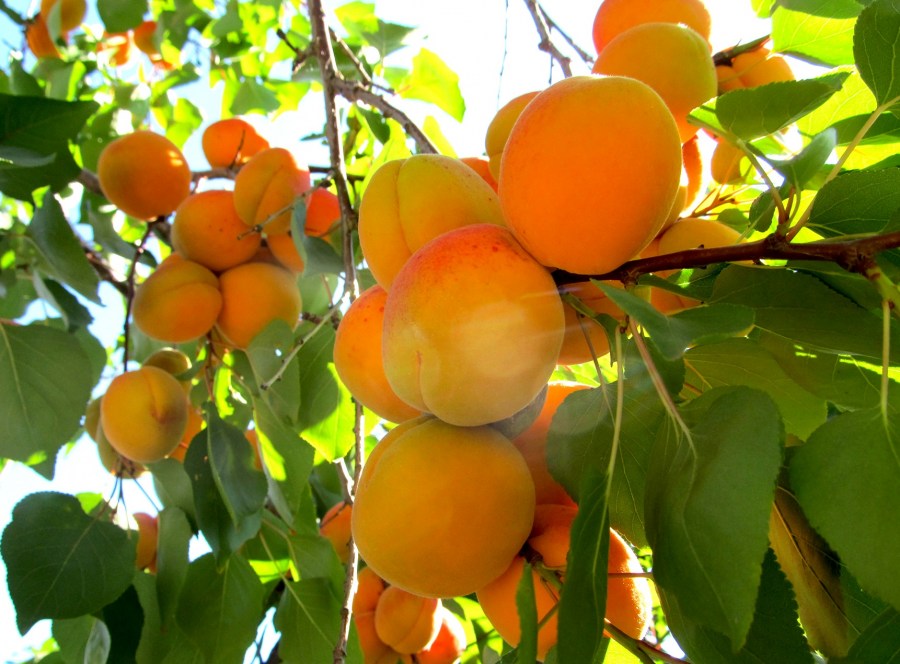
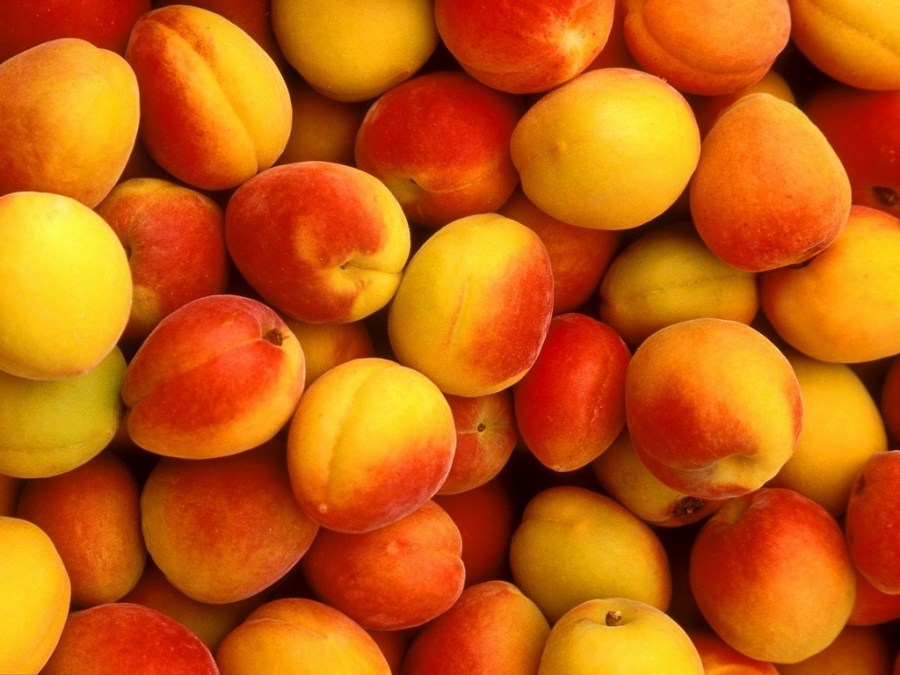
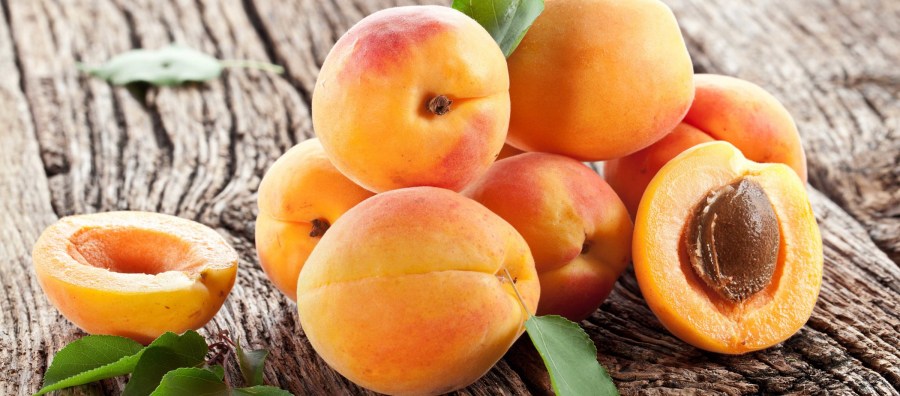

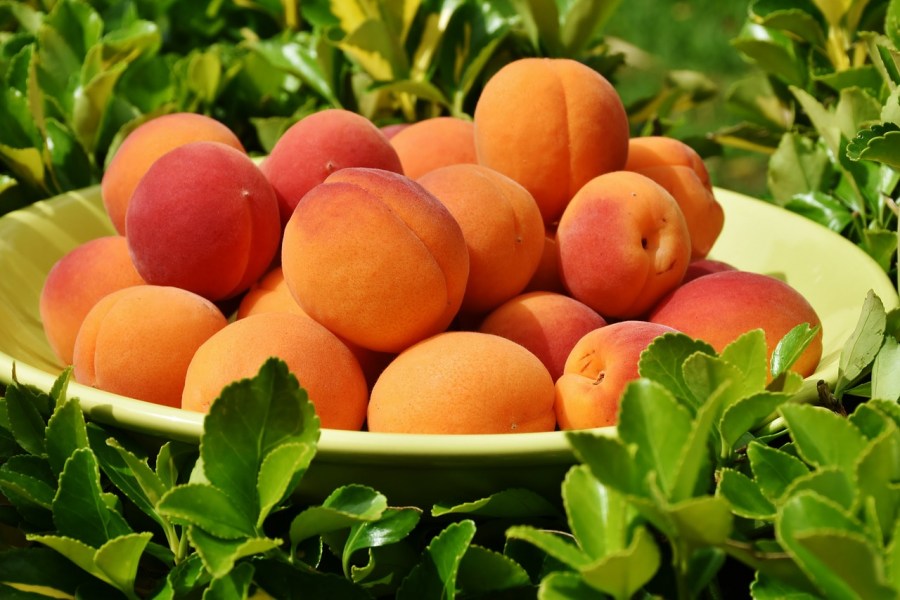
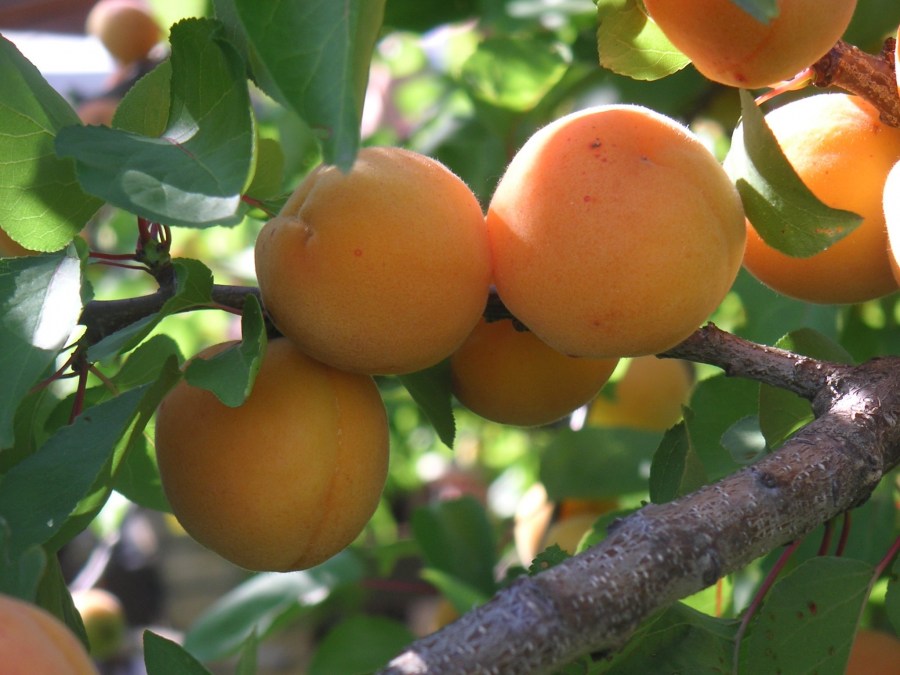



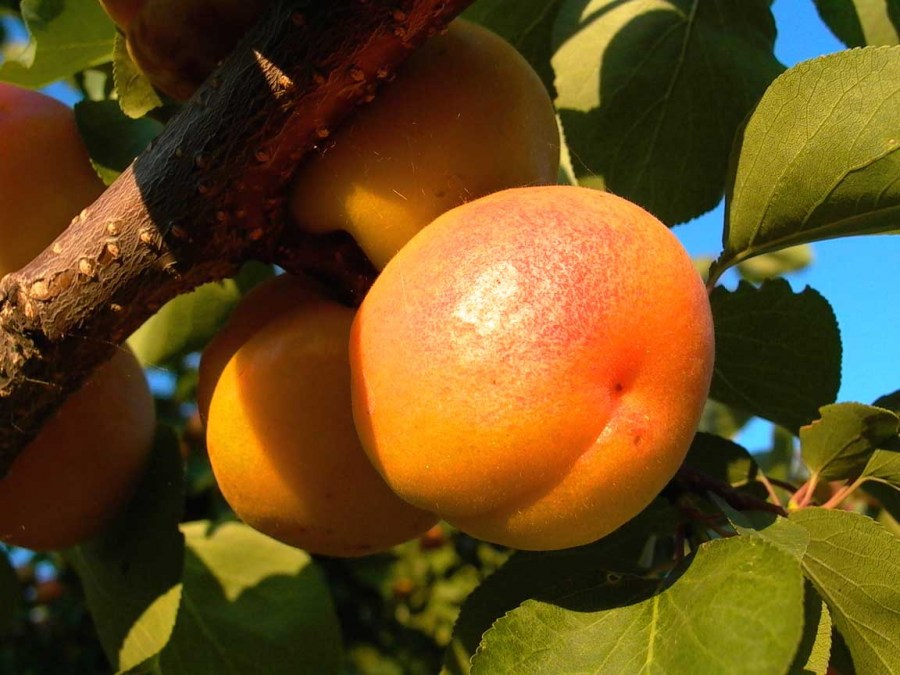


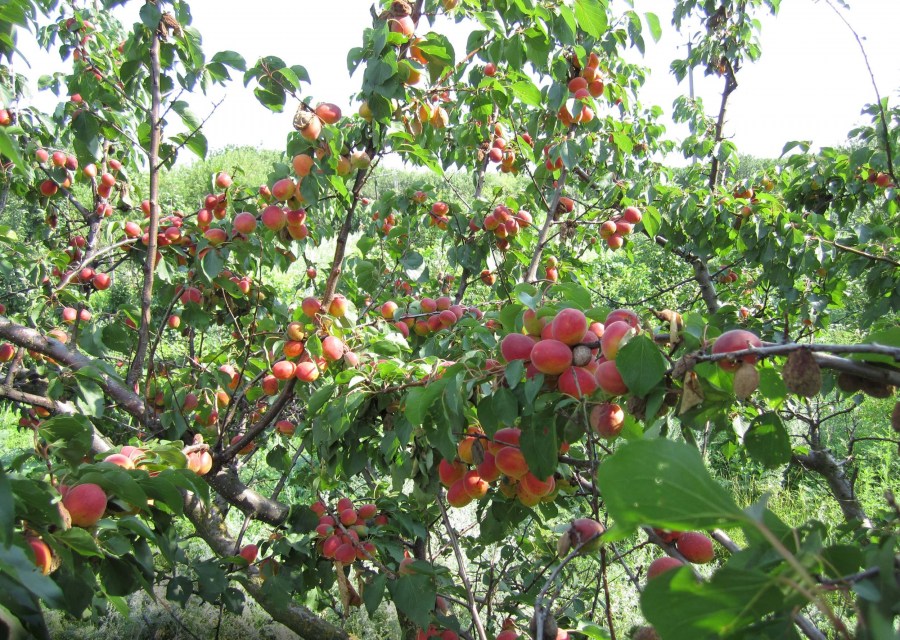
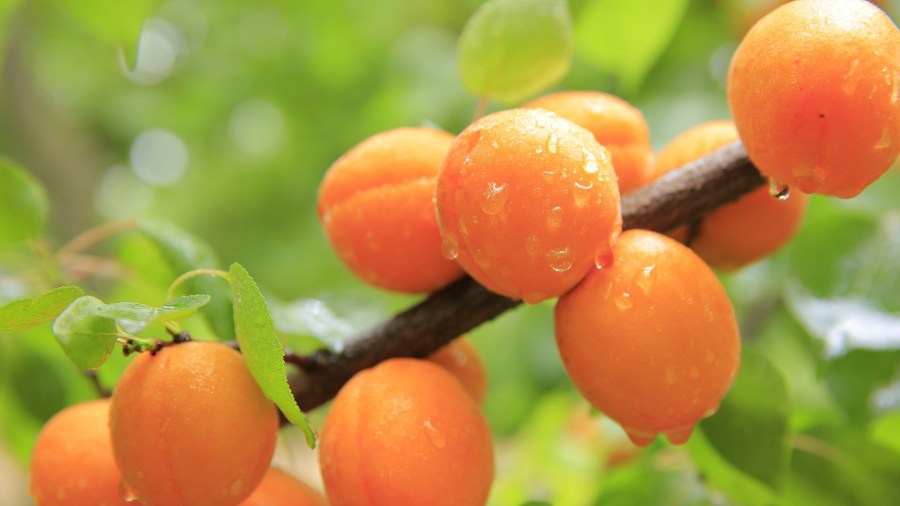
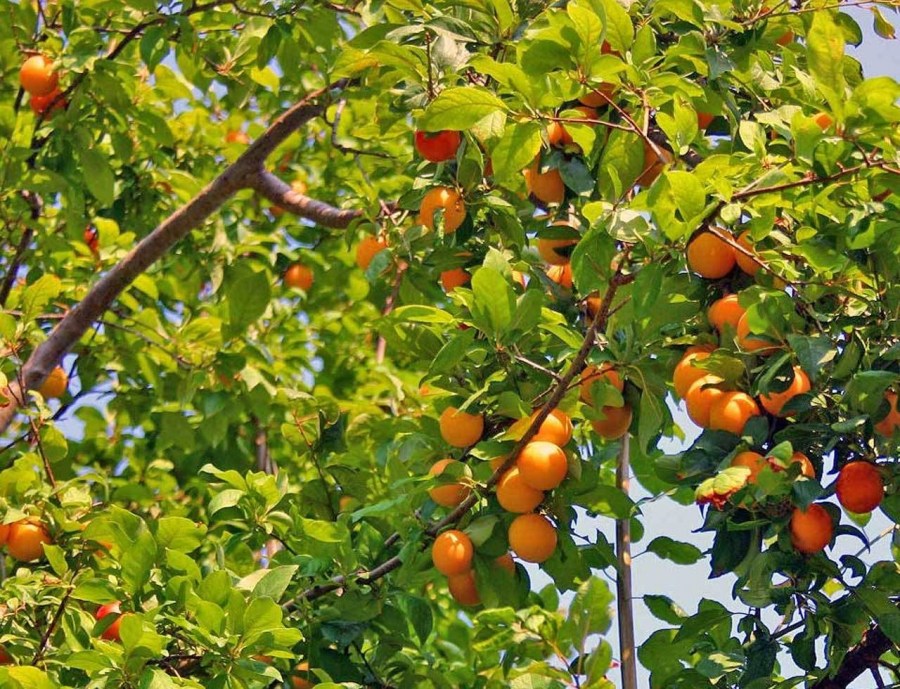
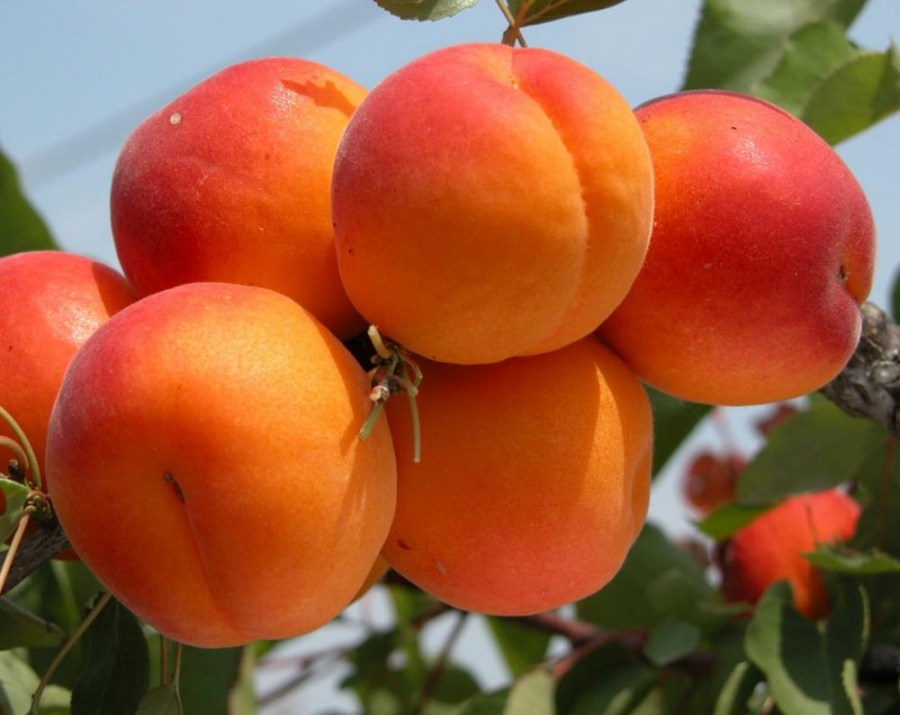
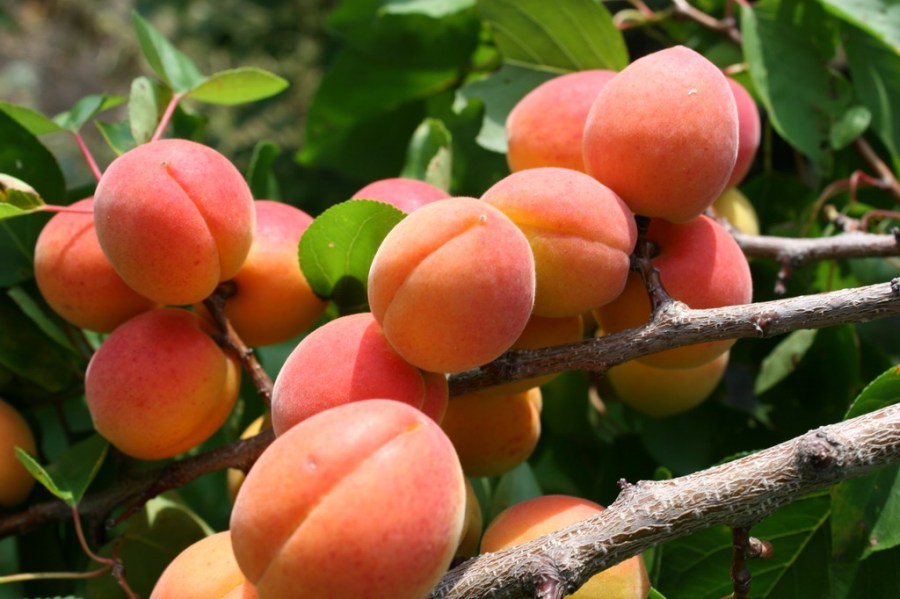


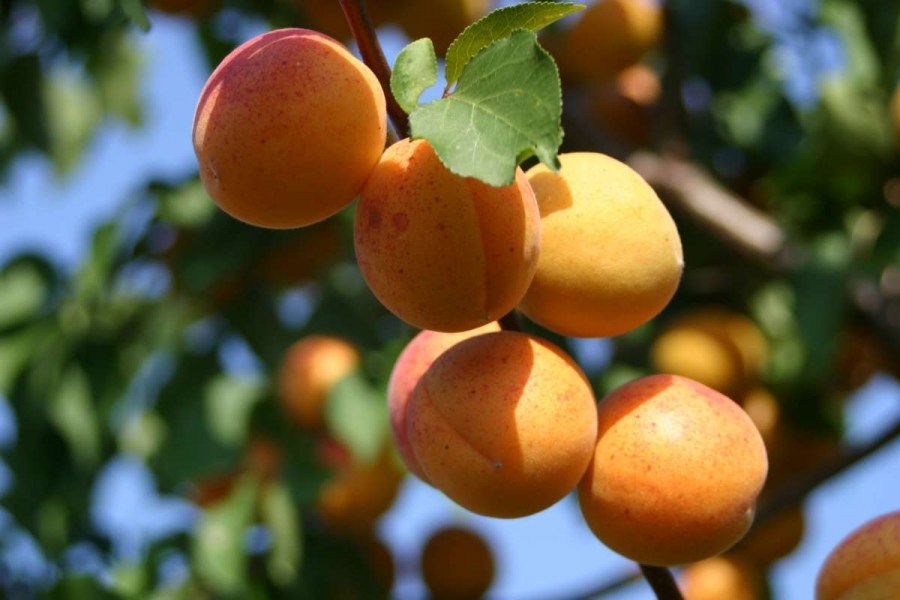
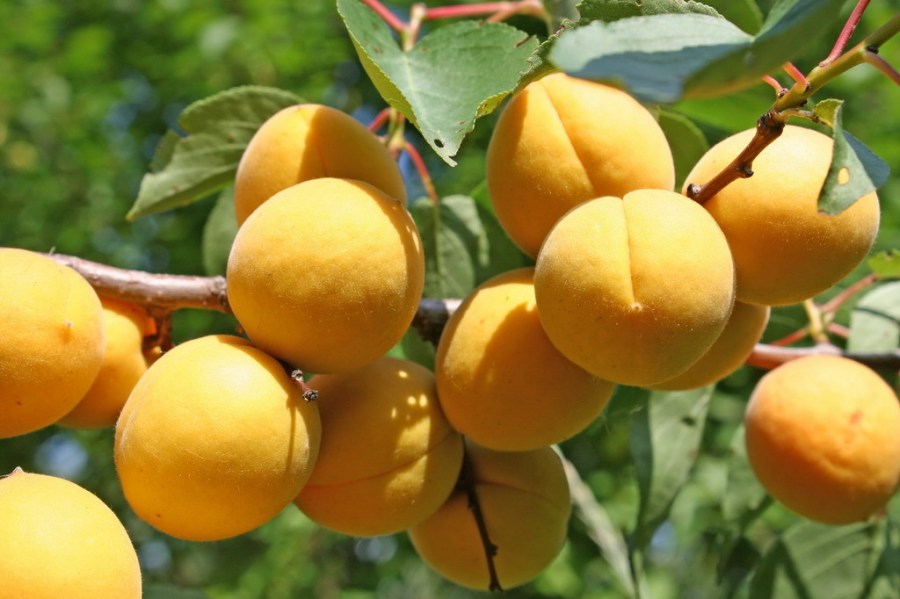
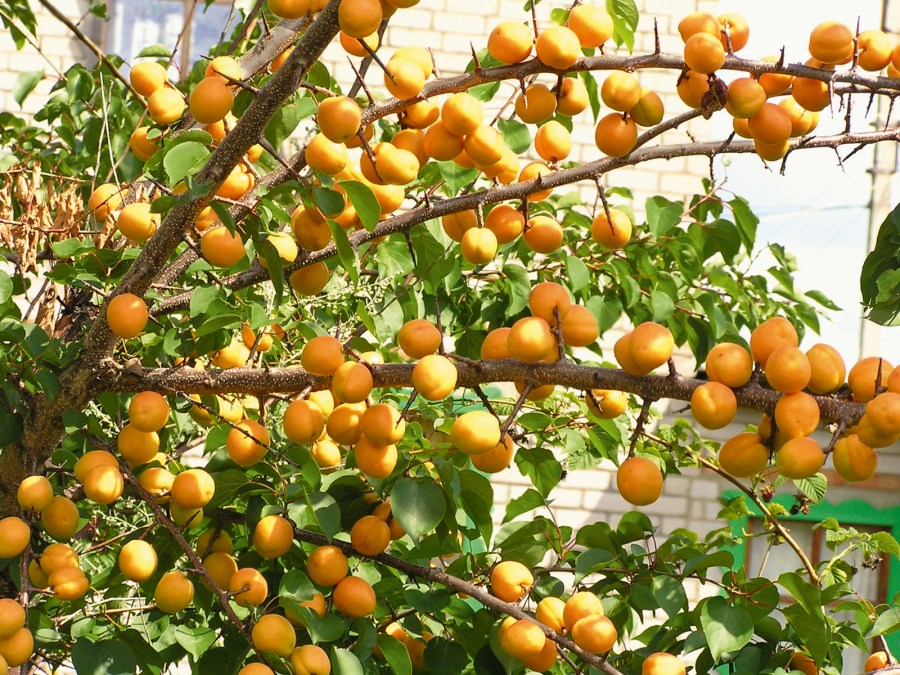
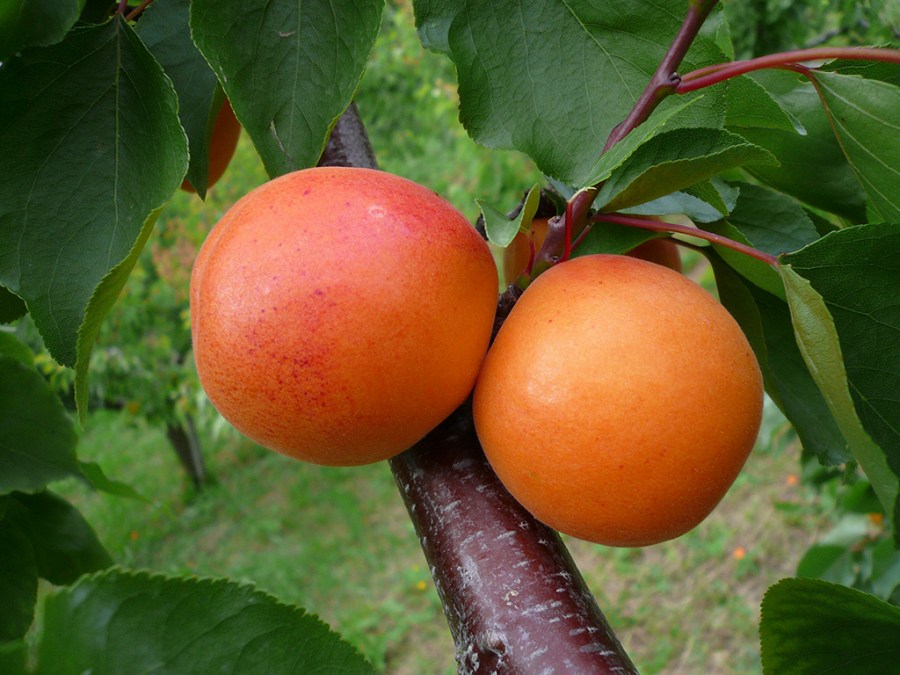
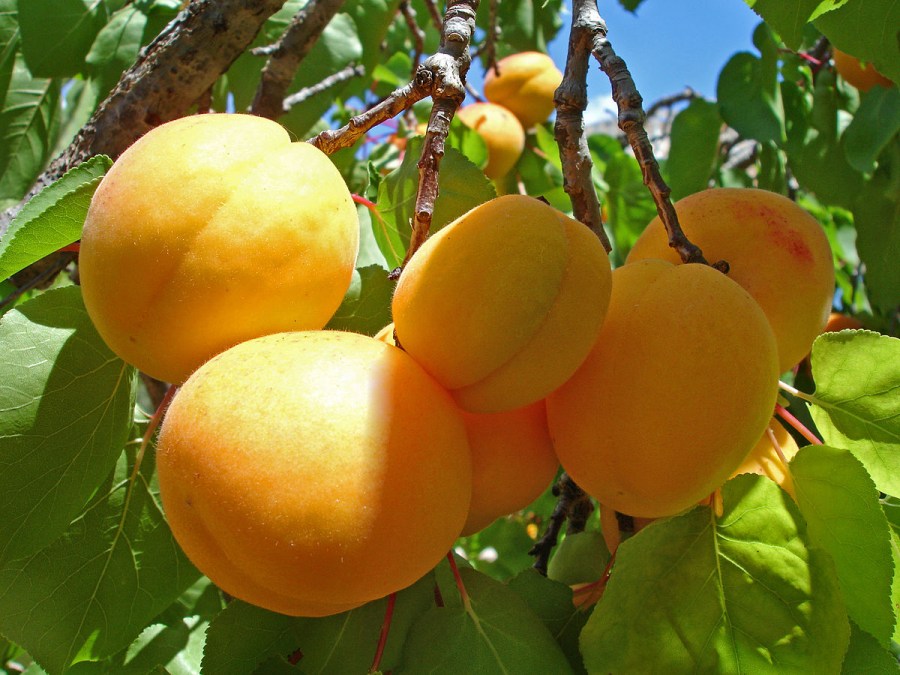
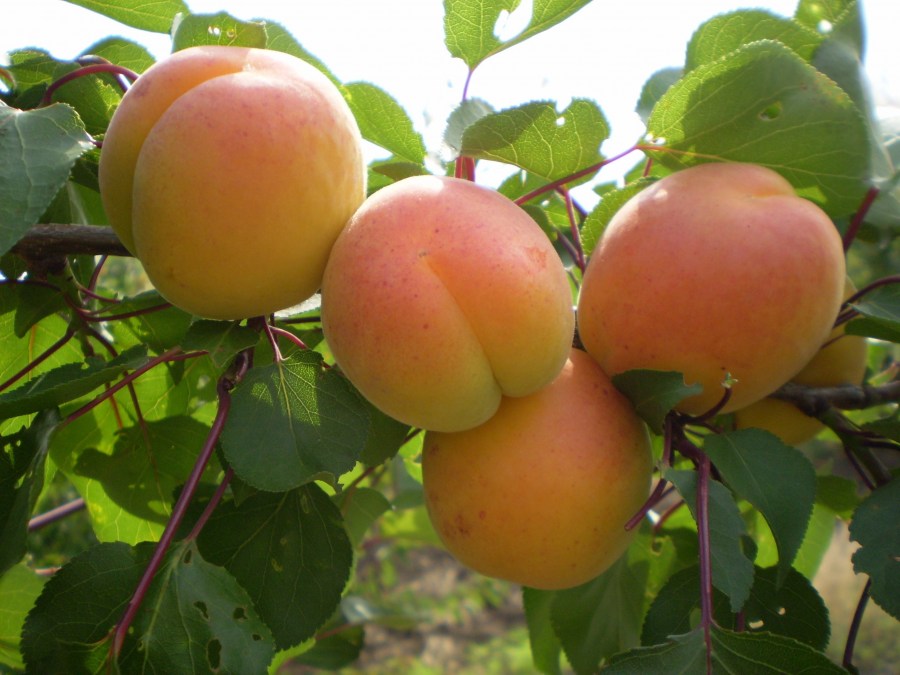
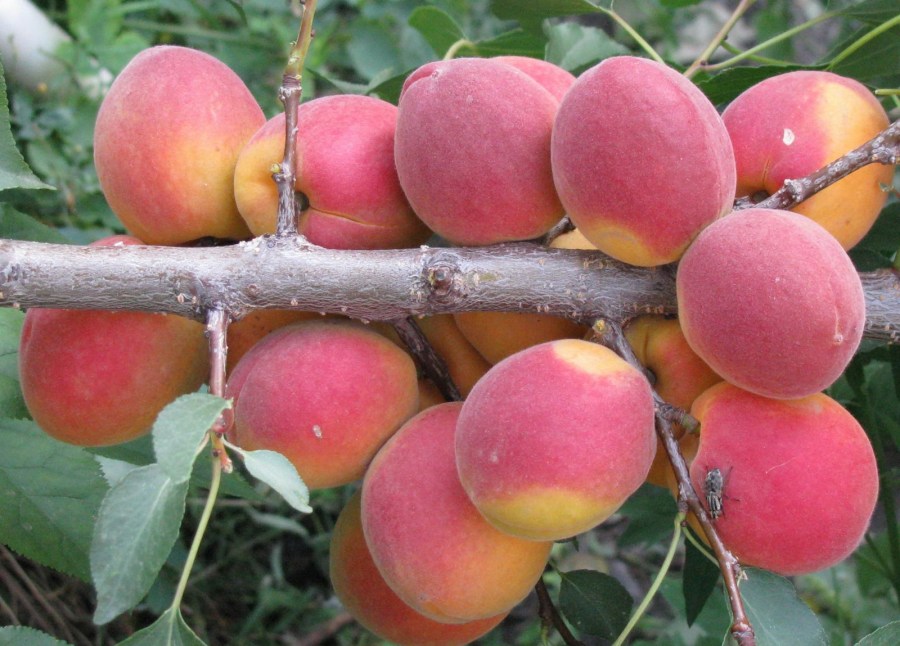

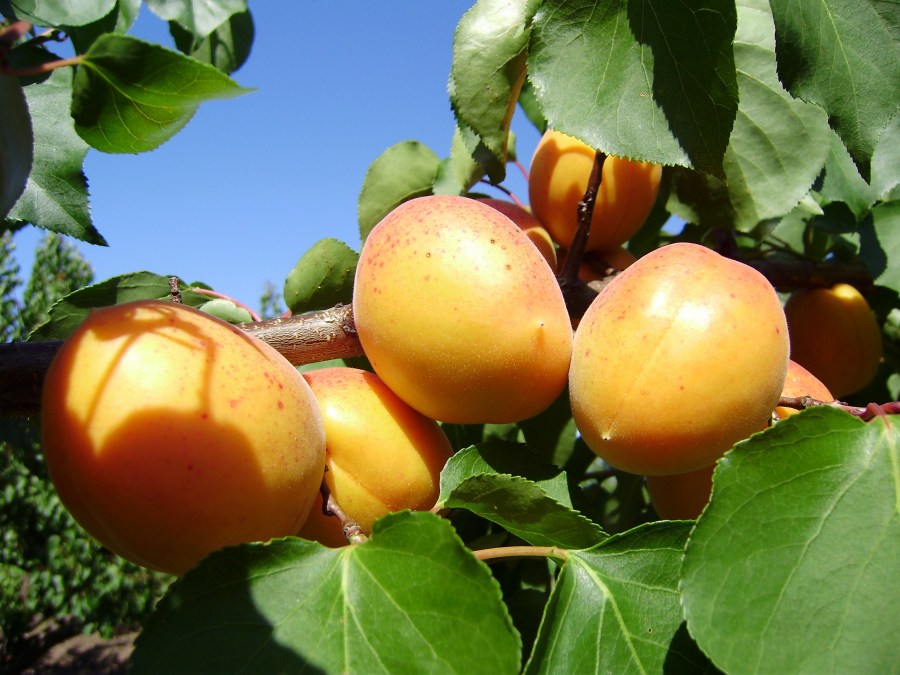


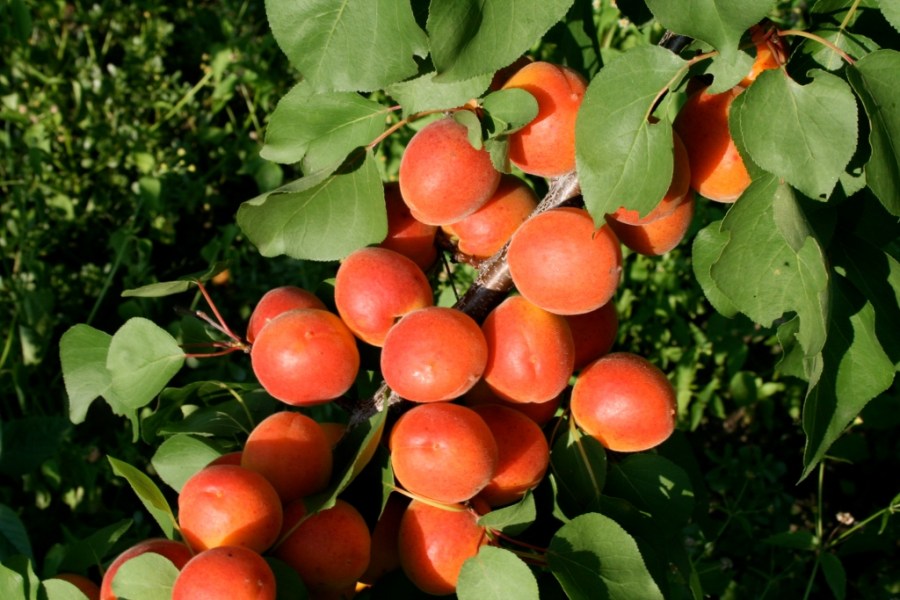
And what a delicious jam is obtained from apricots. Apricot jam with slices is so fragrant - it seems that in one spoon a piece of summer was hidden. Beautiful jam - transparent amber syrup and mouth-watering fruit slices. Agree that apricot jam is one of the most delicious?